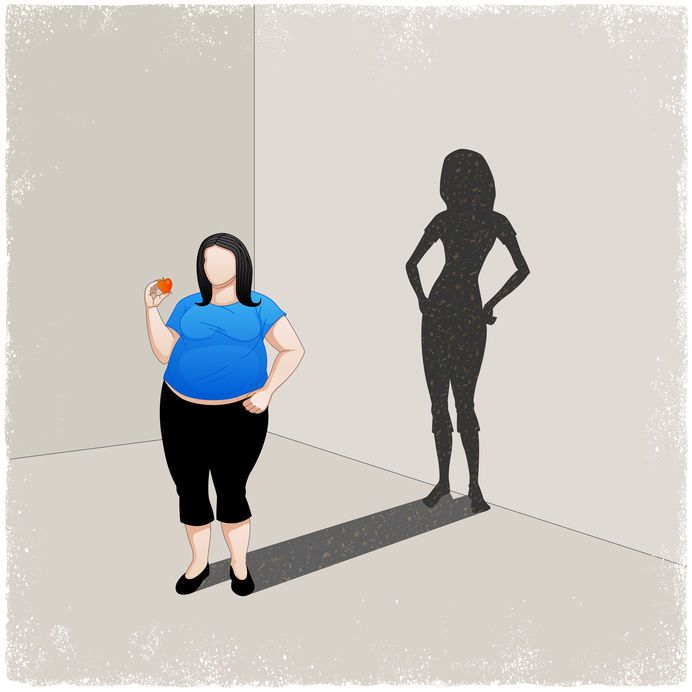 After gastric sleeve surgery, you cannot eat any type of food and any amount just as you were eating before the surgery. Remember that the purpose of this surgery is to reduce weight, which is a big concern that puts many people at risk. Therefore, the operating doctor or nutritionist will recommend the kind of foods to eat, the amount and the right time to eat. A guideline must be strictly adhered to, in order to make the most out of the surgery, prevent possible complications that may arise, as well as prevent weight regain. This article looks at the different types of food you should consume after gastric sleeve surgery.
After gastric sleeve surgery, you cannot eat any type of food and any amount just as you were eating before the surgery. Remember that the purpose of this surgery is to reduce weight, which is a big concern that puts many people at risk. Therefore, the operating doctor or nutritionist will recommend the kind of foods to eat, the amount and the right time to eat. A guideline must be strictly adhered to, in order to make the most out of the surgery, prevent possible complications that may arise, as well as prevent weight regain. This article looks at the different types of food you should consume after gastric sleeve surgery.
- Liquids
Liquids are taken a day after you have had the surgery. You begin with clear liquids for about three days. After you have successfully tolerated the clear liquids, you can advance to other liquids that contain low amounts of calories, sugars and fats. An example is juice that does not contain additional sugar, broth, skimmed milk, tea and coffee with low or no caffeine. The reasoning behind this is that caffeine makes you stimulated and may interfere with the normal healing process as well as make you dehydrated. You should avoid sugary drinks as these will only make you dehydrated and reverse the process of weight loss since sugars are converted into calories, which are responsible for weight gain. Alcohol is completely off the table since it is highly absorbed into the blood stream, especially after a surgery.
- Pureed Foods
These are recommended within one week of tolerating liquids. Pureed foods are those that have been blended or mashed into a thick liquid form paste. Among the foods that can easily be blended include soft scrambled eggs, lean ground meat and poultry, cooked cereal and some vegetables. During the blending, you can use liquids such as water, broth, skimmed milk and juice with no added sugar since sugars can even cause more weight gain.
You are also advised to hand pick the hard pieces from the puree to avoid hurting the weak intestines. The foods should be taken in amounts of 6 to 8 spoonful per meal, which should be taken slowly, about 30 minutes per meal. This is to allow you assess reaction of the body to the each type of food.
- Soft Foods
These are recommended in the 4th week after you have a successful journey with the pureed foods. Nutritionists advise that the right amounts should be 1/3 to 1/2 cups per meal. You should have about four such meals a day. Again, these soft foods should contain low fibers, low fats and should be chewed completely before swallowing to allow the duodenum pass them without much struggle. Few ounces of water are recommended between the meals; and not during meals to make it break into liquid form for easier absorption. Some of the soft recommended foods include; cooked vegetables without skin to reduce fibers, soft fruits that are canned and without skin and seeds, cooked or dried cereal, eggs and flaked fish among others.
- Solid Foods


You should start experimenting with solid foods around the 8th week after the surgery. It is advisable that you try the foods, one by one. The recommended amount is ½ to 1 cupful per meal. You should have three meals a day. The technique is to chew the food completely until it turns into a thick liquid. The foods should contain low amounts of fats since these will make you go back to the same weight that you made you go through the surgery in the first place.
You should avoid solid foods that contain dry wheat since even after you chew them, they may form a ball, which will be hard to pass through the duodenum. You should also avoid raw vegetables, fries, raw fruits, red meat and others that your nutritionist will prohibit you from. It is highly recommended that you take little ounces of water between meals; not during meals to digest the food you previously ate before.
These dietary guidelines are made to help you make most of the gastric sleeve surgery and prevent possible complications that might come with the procedure. It also helps you refrain from feeding habits that would reverse the weight loss process. The amount f food you take will be determined by your nutritionist who is also led by how you are responding to each phase of feeding and each type of food in the guideline.

